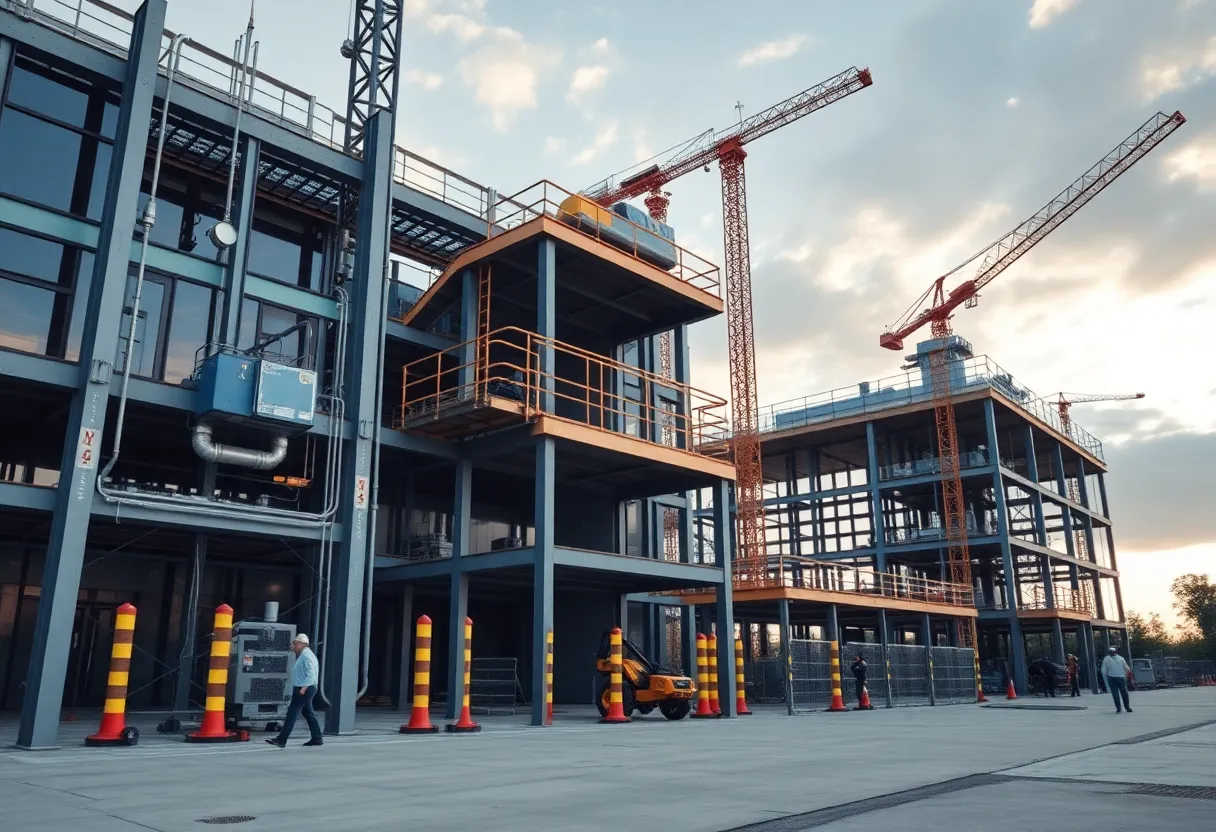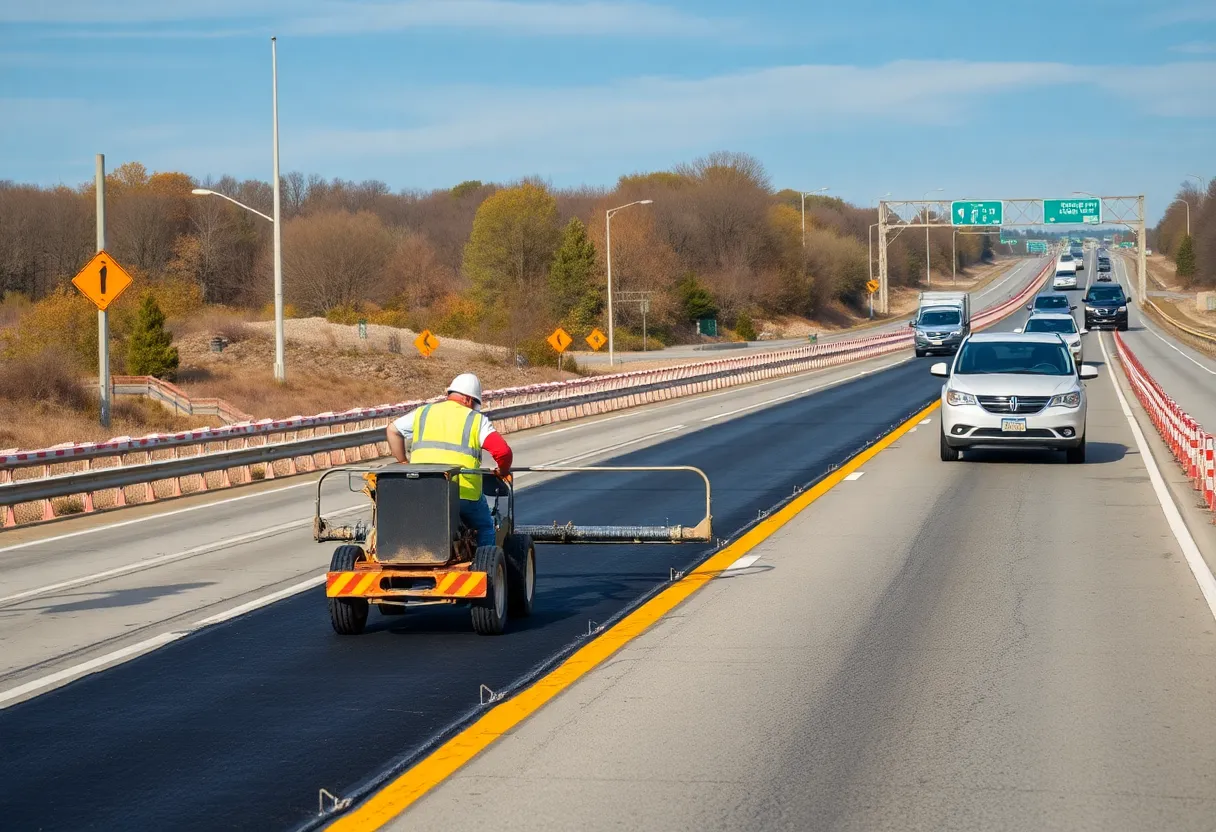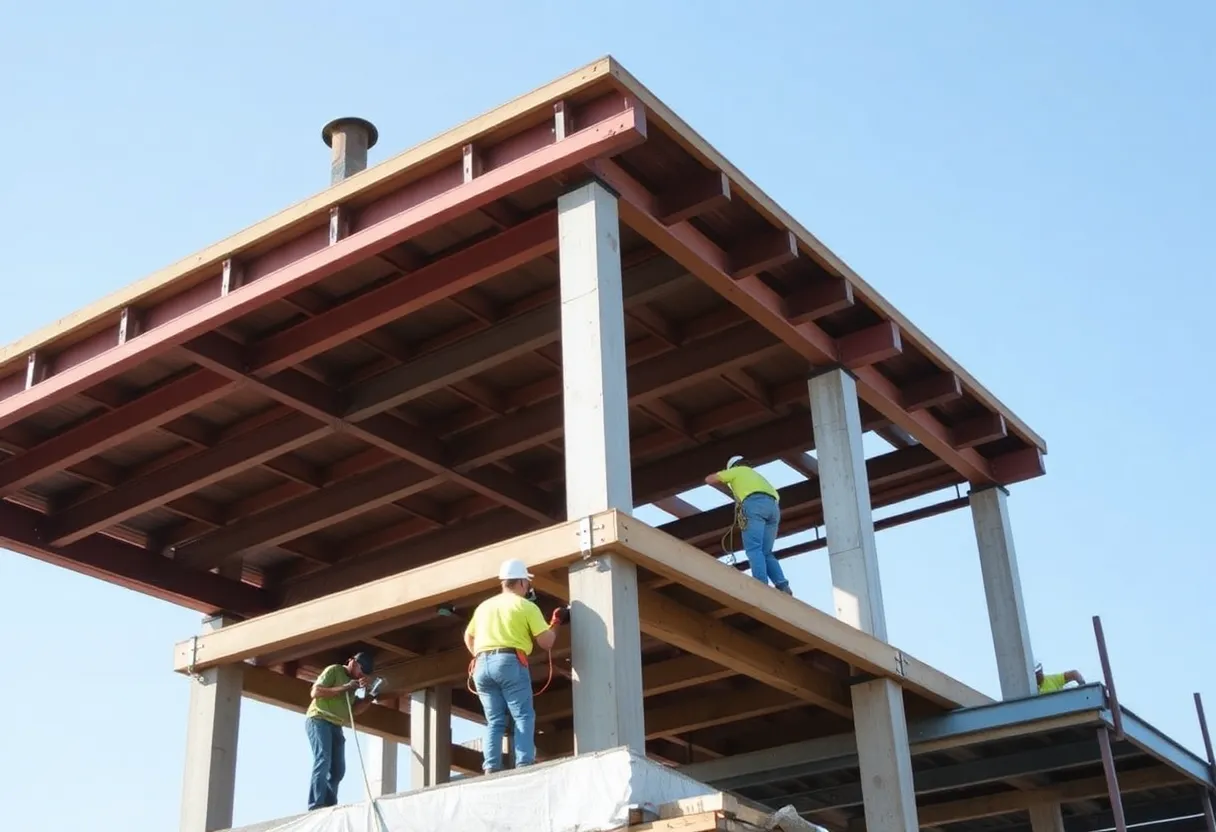News Summary
The U.S. construction sector is witnessing significant changes as insurance providers adapt to emerging risks such as cybersecurity breaches and extreme weather events. Rising insurance premiums are prompting construction firms to seek enhanced coverage options to address project delays and property damages. Industry experts emphasize the importance of comprehensive insurance strategies to mitigate financial losses and enhance resilience against unpredictable challenges. This evolution in insurance practices supports the long-term sustainability and operational efficiency of the construction industry.
Nationwide: Insurance Providers Adapt to Evolving Risks in U.S. Construction Sector
In the U.S. construction industry, insurance providers are rapidly adjusting to new threats such as cybersecurity breaches and extreme weather events. This shift is prompting changes in insurance premiums as risks continue to escalate, according to recent industry developments. Experts emphasize the need for enhanced coverage options to address project delays and property damages, signaling a broader effort to prepare for increasingly unpredictable challenges in project management.
The most significant changes involve insurance premiums rising in response to growing threats. For instance, construction companies are facing higher costs due to the increasing frequency of cybersecurity risks, which can disrupt operations through data breaches or ransomware attacks. Similarly, extreme weather events, such as hurricanes and floods, are becoming more common, leading to greater demands for policies that cover related damages and delays. This adaptation reflects a proactive approach by insurers to align coverage with the evolving landscape of construction risks.
Supporting these adjustments, industry analysis highlights that construction firms are now prioritizing comprehensive insurance strategies. Better coverage for delays and damages is being stressed as essential, helping companies mitigate financial losses from unforeseen events. For example, policies that once focused primarily on physical structures are now expanding to include digital protections and contingency plans for weather-related interruptions. This evolution is driven by data showing a rise in both cyber incidents and severe weather impacts on construction sites across the country.
Further details reveal that these changes are influenced by broader trends in the sector. The construction industry is dealing with more complex projects, where factors like supply chain disruptions and regulatory changes add to the unpredictability. As a result, insurers are revising their offerings to provide more tailored solutions, ensuring that businesses can continue operations with minimal downtime. This includes incentives for companies that implement advanced risk management practices, such as improved cybersecurity protocols and weather monitoring systems.
Delving into the background, the U.S. construction sector has long faced traditional risks like structural failures and worker injuries, but recent years have introduced new challenges. The rise of digital tools in project management has exposed vulnerabilities to cybersecurity threats, while climate change has amplified the occurrence of extreme weather. These factors are compelling insurers to reassess their models, leading to premium adjustments that better reflect the actual risks. Industry reports indicate this shift is nationwide, affecting projects from urban developments to rural infrastructure, and underscores the sector’s resilience in adapting to a dynamic environment.
Overall, these adaptations are a critical step in safeguarding the future of construction projects. By addressing evolving construction risks, stakeholders are working to minimize disruptions and ensure long-term sustainability. This ongoing evolution highlights the industry’s commitment to facing unpredictable challenges head-on, fostering a more secure and efficient operational framework.
In summary, the adjustments in insurance practices are not just reactive measures but strategic enhancements that support the growth and stability of the U.S. construction sector. As premiums shift and coverage options expand, the focus remains on protecting assets and maintaining project timelines amid rising threats.
To provide more context, the impact of these insurance changes extends to various aspects of construction operations. For contractors, this means budgeting for higher premiums as part of overall project costs, which could influence bidding processes and profit margins. Additionally, the push for better coverage is encouraging the adoption of innovative technologies, such as predictive analytics for weather forecasting and automated security systems for digital assets. These tools not only reduce risks but also improve efficiency, allowing firms to complete projects more reliably. The broader economic implications include potential increases in construction costs, which might affect housing affordability and infrastructure development. However, experts view this as an investment in resilience, helping the sector withstand global uncertainties like economic fluctuations and environmental shifts. This comprehensive approach ensures that the construction industry remains adaptable and forward-thinking in the face of emerging challenges.
By focusing on these adaptations, the sector is building a foundation for sustainable growth. The emphasis on enhanced coverage for delays and damages is particularly vital in an era where projects often span multiple years and involve intricate supply chains. This evolution in insurance strategies is a testament to the industry’s ability to evolve, ultimately contributing to safer and more efficient construction practices nationwide.
FAQ Section
- Q1: What are the evolving risks in the U.S. construction sector that insurance providers are adapting to?
- Q2: How are insurance premiums changing in response to these risks?
- Q3: What do industry experts recommend regarding coverage?
- Q4: What does this change indicate about the construction sector?
A1: Insurance providers are adapting to evolving construction risks, including cybersecurity and extreme weather.
A2: Premiums are shifting as threats grow.
A3: Industry experts stress better coverage for delays and damages.
A4: This change reflects a sector bracing for more unpredictable challenges in project management.
Key Features Chart
Below is a simple table outlining the key features of insurance adaptations in the U.S. construction sector:
| Feature | Description |
|---|---|
| Evolving Risks | Includes cybersecurity and extreme weather. |
| Premium Changes | Premiums are shifting as threats grow. |
| Recommended Coverage | Better coverage for delays and damages. |
| Sector Response | This change reflects a sector bracing for more unpredictable challenges in project management. |
Deeper Dive: News & Info About This Topic
Construction FL Resources
Partial claim restored for VA home loans as servicers rush to implement
Iridium Development Inc Plans Elevated Homes to Combat Flood Risks in Florida
LPS evacuations prompt building safety and insurance action
Affinius and Axonic Form Middle‑Market Construction Lending Partnership
Mid-market construction lending platform launches with $47.8M Quogue loan
Ave Maria Celebrates 20 Years of Community Growth
Construction shifts to subscription software as Colorado probe and condo law changes reshape market
Construction risk assessment software market to more than double as cloud and SMEs lead
Reality-capture and Projection Startups Lead $110M Construction Tech Funding
Economic outlook for roofing contractors highlights lending, wages and tariffs
Author: Construction FL News
The FLORIDA STAFF WRITER represents the experienced team at constructionflnews.com, your go-to source for actionable local news and information in Florida and beyond. Specializing in "news you can use," we cover essential topics like product reviews for personal and business needs, local business directories, politics, real estate trends, neighborhood insights, and state news affecting the area—with deep expertise drawn from years of dedicated reporting and strong community input, including local press releases and business updates. We deliver top reporting on high-value events such as the Florida Build Expo, major infrastructure projects, and advancements in construction technology showcases. Our coverage extends to key organizations like the Associated Builders and Contractors of Florida and the Florida Home Builders Association, plus leading businesses in construction and legal services that power the local economy such as CMiC Global and Shutts & Bowen LLP. As part of the broader network, including constructioncanews.com, constructionnynews.com, and constructiontxnews.com, we provide comprehensive, credible insights into the dynamic construction landscape across multiple states.





